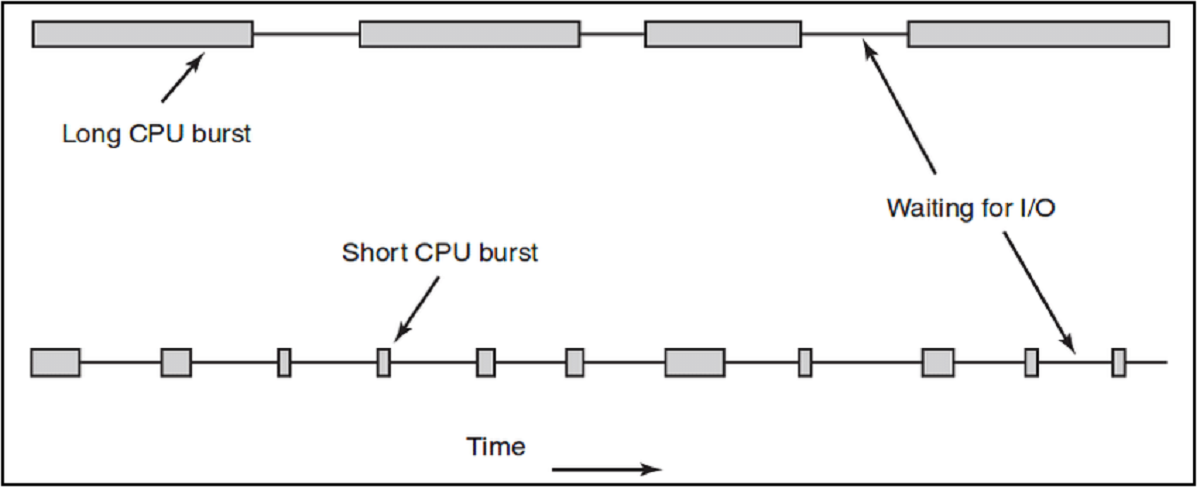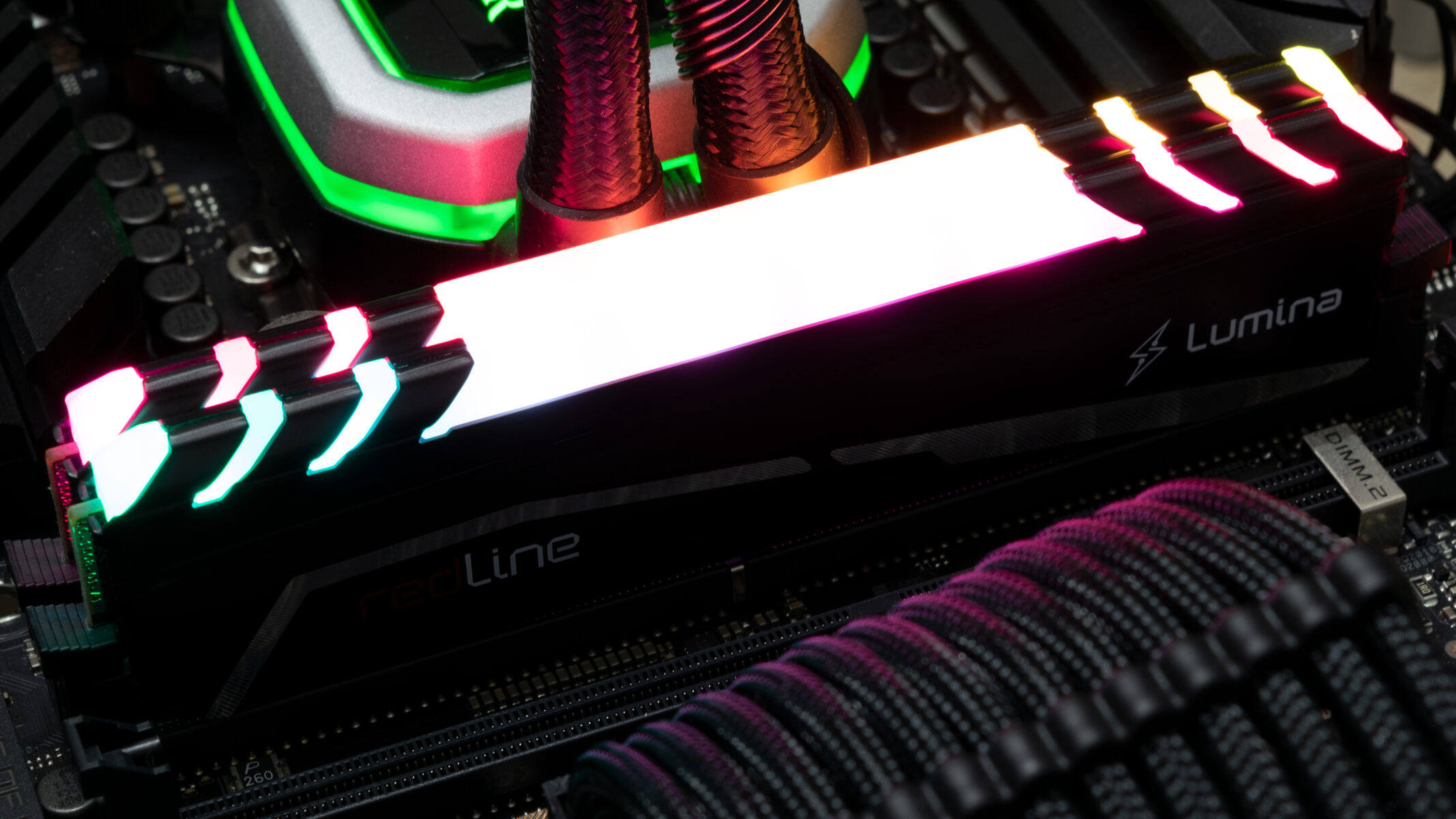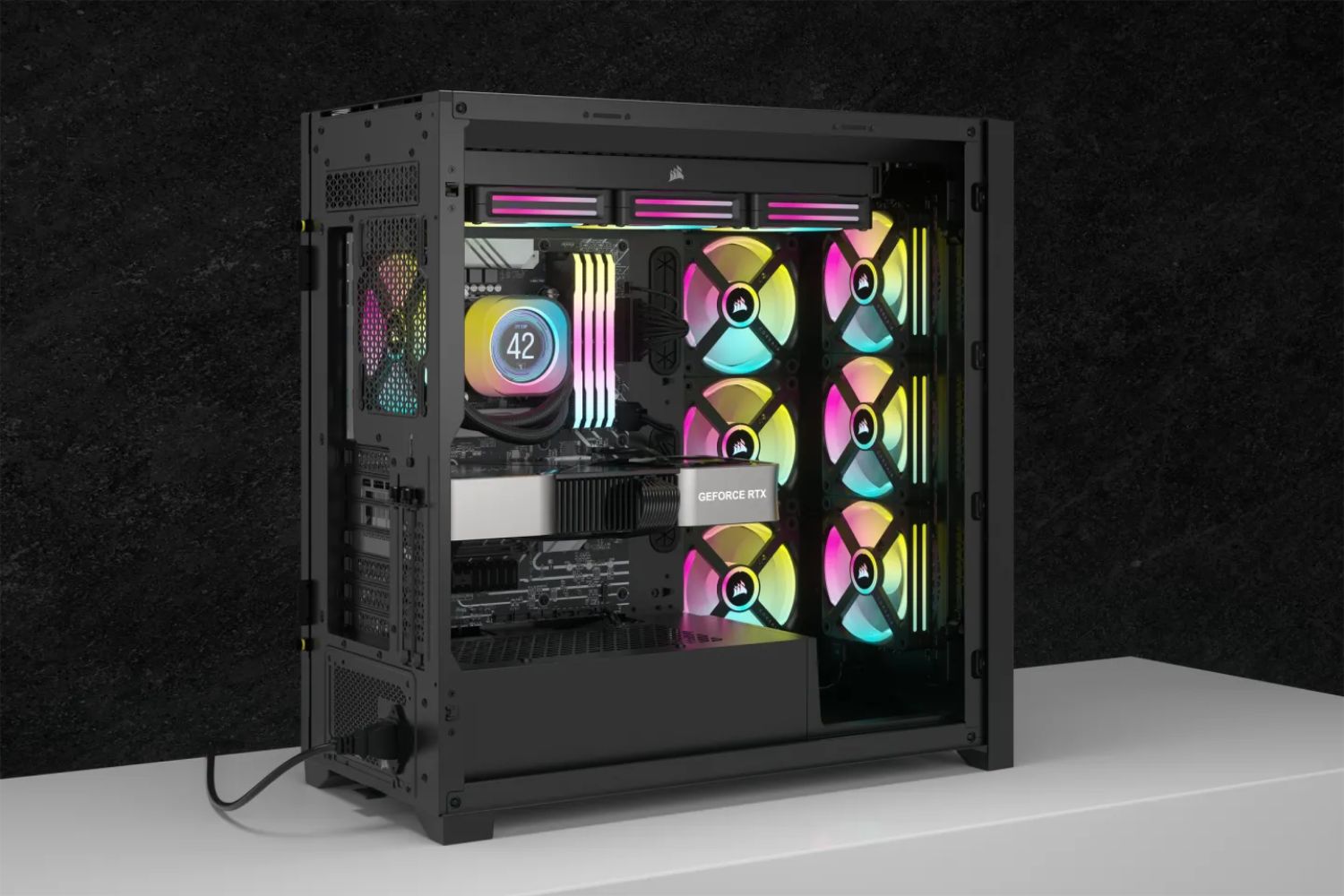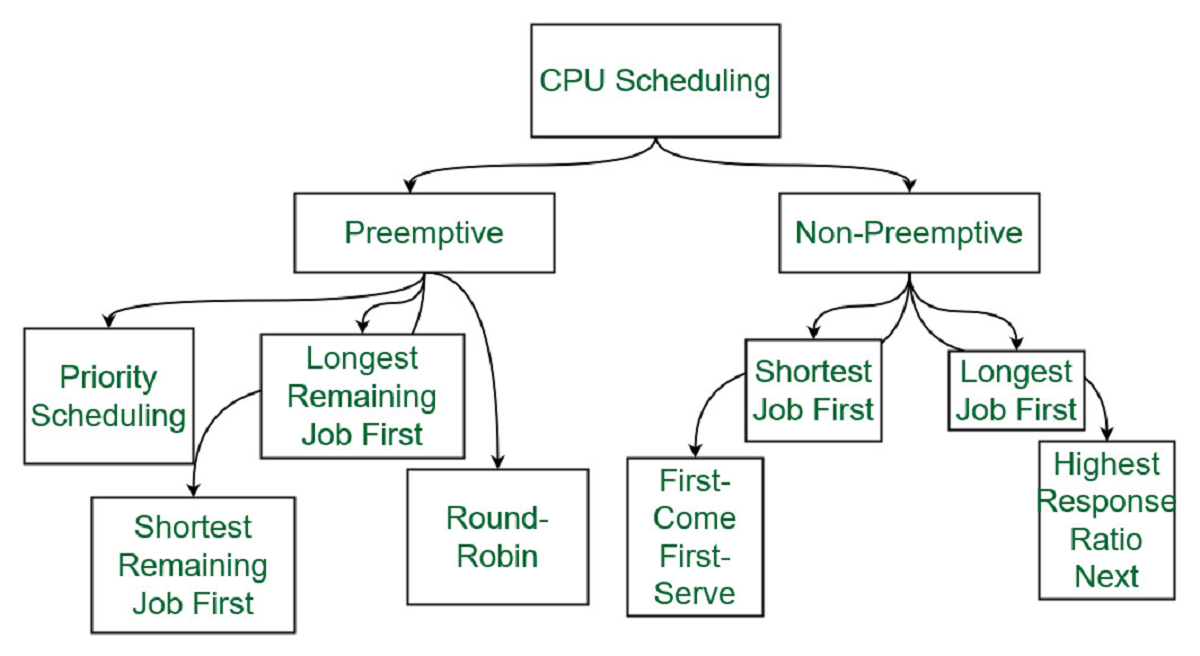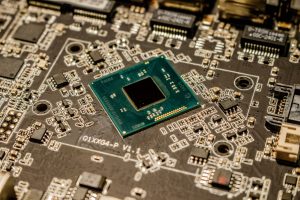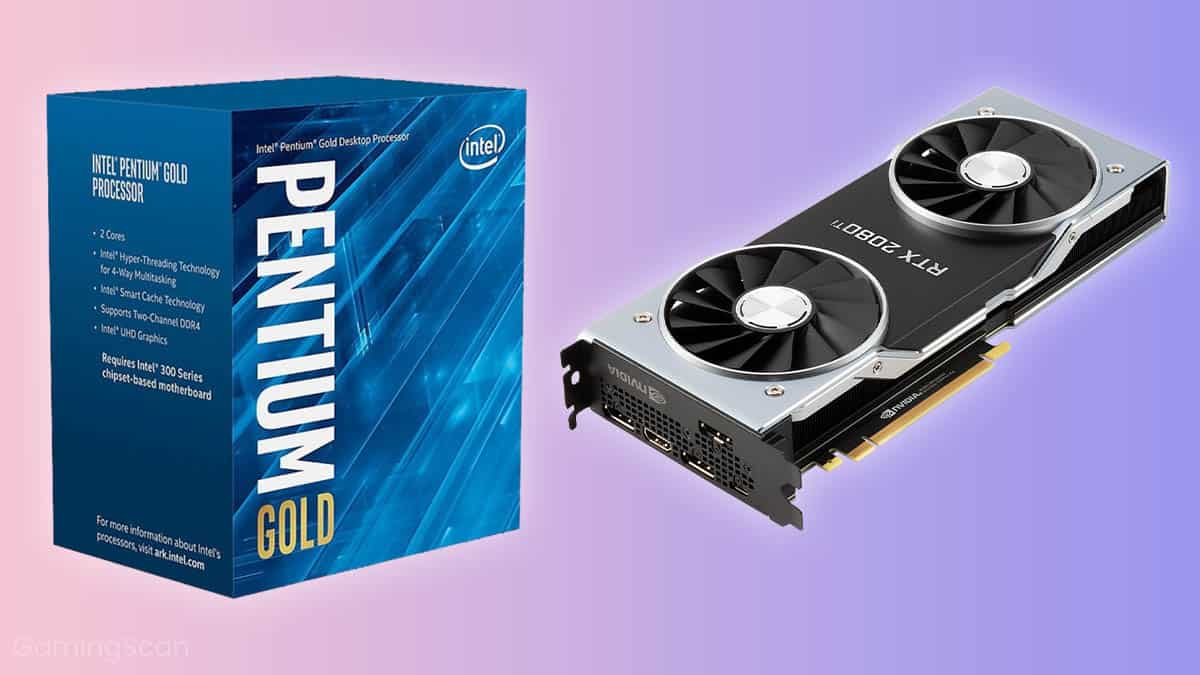Introduction
In today’s technologically advanced world, where we heavily rely on computers for various tasks, it is crucial to understand the concept of CPU bound. CPU stands for Central Processing Unit, which is the brain of a computer responsible for executing instructions and processing data. CPU bound refers to a scenario where the performance of a computer or a specific process is limited by the processing power of the CPU.
When a system or process is CPU bound, it means that the CPU is working at its maximum capacity to process the tasks assigned to it. This can lead to slower response times, decreased overall system performance, and increased wait times for users and applications.
CPU bound occurs when the demands placed on the CPU are higher than its processing capabilities. This can happen when running resource-intensive applications, performing complex calculations, running multiple processes simultaneously, or when the available CPU power is limited.
Understanding CPU bound is essential not only for computer enthusiasts but also for software developers and system administrators. By identifying and resolving CPU bound issues, they can optimize system performance, enhance user experience, and ensure the smooth functioning of critical processes.
In this article, we will explore the concept of CPU bound in more detail. We will discuss the causes and effects of CPU bound and provide techniques for mitigating this issue. By the end of this article, you will have a better understanding of CPU bound, its implications, and how to overcome it in various scenarios.
Definition: What is CPU Bound
CPU bound refers to a situation where the performance of a computer or a specific process is limited by the processing power of the Central Processing Unit (CPU). In other words, the CPU is the bottleneck that prevents the system from performing at its full potential.
When a system or process is CPU bound, it means that the CPU is operating at maximum capacity to handle the tasks assigned to it. This can result in slower response times, increased latency, and reduced overall system performance. The CPU becomes the limiting factor that determines the speed and efficiency of executing instructions and processing data.
CPUs have a specific clock speed, which determines how many instructions they can execute per second. If the demands placed on the CPU exceed its processing capabilities, the system becomes CPU bound. This can happen when running resource-intensive applications, performing complex calculations, or running multiple processes simultaneously.
It is important to note that CPU bound does not necessarily indicate a problem with the computer or the software being used. Some tasks naturally require significant CPU power, such as video rendering, scientific simulations, or data analysis. However, if the CPU is consistently running at maximum capacity and causing performance issues, it may be necessary to evaluate and optimize the system configuration.
Identifying whether a system or process is CPU bound requires monitoring CPU usage and performance metrics. Tools like the task manager or performance monitoring utilities can provide insights into the CPU utilization and help determine if the system is CPU bound.
Overall, understanding the concept of CPU bound is crucial for optimizing system performance and ensuring efficient resource allocation. By identifying and addressing CPU bound issues, system administrators and software developers can improve the responsiveness and stability of computer systems, enhancing the user experience.
How Does CPU Bound Occur?
CPU bound occurs when the demands placed on the CPU exceed its processing capabilities. This can happen due to several reasons:
- Resource-Intensive Applications: Running applications that require a significant amount of CPU power, such as video editing software, 3D rendering tools, or complex simulations, can lead to CPU bound. These applications often require extensive calculations and processing, pushing the CPU to its limits.
- Multi-Threaded Processes: When multiple threads or processes are running concurrently, each requiring CPU resources, the CPU may struggle to keep up with the demand. This can result in CPU bound, as the CPU tries to allocate resources and time to different threads or processes.
- Inefficient Code: Poorly optimized or inefficient code can also contribute to CPU bound. Complex and unnecessary calculations, redundant loops, or excessive resource usage can put a strain on the CPU, leading to decreased performance and CPU bound scenarios.
- Hardware Limitations: Hardware limitations, such as an outdated or underpowered CPU, insufficient RAM, or slow storage devices, can contribute to CPU bound. When the hardware cannot keep up with the demands of the software or processes, the CPU may become overwhelmed and unable to handle the workload efficiently.
- Operating System Tasks: The operating system itself performs various tasks in the background, such as disk indexing, system updates, or antivirus scans. If these tasks take up a significant portion of the CPU’s resources, they can cause CPU bound and impact the overall system performance.
It is important to note that CPU bound can occur intermittently or consistently, depending on the specific workload and system configuration. Monitoring CPU usage and performance metrics can help identify if a system is CPU bound and determine the underlying causes.
Identifying the factors contributing to CPU bound is essential for resolving the issue and optimizing system performance. By addressing resource-intensive applications, optimizing code, upgrading hardware, or fine-tuning system settings, it is possible to mitigate CPU bound scenarios and improve overall system responsiveness.
Causes of CPU Bound
CPU bound can have several underlying causes that contribute to the CPU becoming the limiting factor in system performance. Understanding these causes is crucial for identifying and resolving CPU bound issues. Here are some common causes:
- Resource-Intensive Applications: Running applications that require extensive CPU power, such as video editing software, computer-aided design (CAD) tools, or scientific simulations, can heavily contribute to CPU bound. These applications often involve complex calculations, rendering, or processing large datasets, leading to increased CPU utilization.
- Poorly Optimized Code: Inefficient or poorly optimized code can significantly impact CPU performance and contribute to CPU bound. Redundant calculations, inefficient algorithms, or excessive resource usage can make the CPU work harder than necessary, resulting in reduced overall system performance.
- Multi-Threaded Processes: Concurrent execution of multiple threads or processes that require significant CPU resources can overwhelm the CPU and lead to CPU bound. In such scenarios, the CPU has to allocate resources and time to each thread or process, potentially causing delays and reduced performance.
- Inadequate Hardware: Outdated or underpowered hardware can limit the processing capabilities of the CPU, leading to CPU bound. Insufficient RAM, slow storage devices, or an outdated CPU can bottleneck the system and prevent it from achieving optimal performance.
- Background System Tasks: System tasks performed by the operating system, such as antivirus scans, system updates, or disk indexing, can consume significant CPU resources. If these tasks are not properly managed, they can contribute to CPU bound and impact overall system performance.
It is important to note that CPU bound is not always a problem. Certain tasks, such as heavy computational workloads or simulations, naturally require significant CPU power. However, when CPU bound negatively impacts system responsiveness or causes noticeable delays, it becomes necessary to address the underlying causes.
Identifying the specific causes of CPU bound requires monitoring CPU utilization, analyzing system performance metrics, and investigating resource-intensive applications or processes. Once the causes are identified, appropriate steps can be taken to optimize code, upgrade hardware, adjust system settings, or distribute workload more efficiently to mitigate CPU bound and improve overall system performance.
Effects of CPU Bound
CPU bound can have several noticeable effects on system performance and user experience. When the CPU is unable to keep up with the demands placed on it, the following effects may occur:
- Slower Response Times: CPU bound can result in slower response times for applications and system processes. Tasks that require CPU resources may take longer to complete, leading to delays in executing commands, opening applications, or loading data.
- Increased Latency: CPU bound can cause increased latency, especially in real-time applications like online gaming or video conferencing. The time it takes for user inputs to be processed may be delayed, resulting in a noticeable lag or unresponsiveness.
- Reduced Overall System Performance: When the CPU is constantly running at maximum capacity, overall system performance can suffer. Other processes and operations that rely on CPU resources may experience slowdowns or become unresponsive, impacting productivity and user satisfaction.
- Higher CPU Temperatures: Intense CPU usage caused by CPU bound can lead to higher CPU temperatures. This can result in increased fan speed and noise as the system tries to cool down the CPU, potentially leading to reduced hardware lifespan.
- Increased Power Consumption: CPU bound can also result in increased power consumption as the CPU works harder to meet the demands placed on it. In energy-conscious environments, this can have implications on electricity usage and cost.
It is important to recognize these effects because they can impact the overall user experience and productivity. Systems that consistently experience CPU bound may have unresponsive applications, increased wait times for tasks to complete, and reduced efficiency in performing resource-intensive operations.
Understanding the effects of CPU bound helps in identifying and resolving performance issues. By addressing the causes of CPU bound and optimizing system configurations, it is possible to improve responsiveness, reduce latency, and restore overall system performance to a more optimal state.
Identifying CPU Bound Processes
Identifying CPU bound processes is essential for understanding the root causes of performance issues and optimizing system resources. There are several methods and tools available to help identify CPU bound processes:
- Task Manager: The built-in task manager in operating systems like Windows provides real-time information about CPU usage and processes. By monitoring the CPU utilization, you can identify processes that are consuming a significant portion of the CPU’s resources.
- Performance Monitoring Utilities: Performance monitoring utilities, such as Windows Performance Monitor or third-party tools like htop for Linux, offer more detailed insights into CPU performance. These tools provide metrics like CPU usage percentages, system load, and resource consumption, helping identify processes that are causing CPU bound.
- Profiling Tools: Profiling tools are specifically designed for analyzing application performance. They can provide detailed reports on CPU usage, resource consumption, and bottlenecks within an application’s code. By using these tools, developers can identify CPU-bound areas and optimize the code for better performance.
- Logging and Monitoring: Implementing logging and monitoring mechanisms in applications can help track CPU utilization and identify potential CPU bound scenarios. By analyzing the logged data, system administrators or developers can pinpoint processes or operations that consistently consume high CPU resources.
- Load Testing: Load testing involves subjecting the system to simulated heavy workloads to test its performance under stress. By monitoring CPU utilization during load testing, you can identify if the system becomes CPU bound and determine the threshold at which it occurs.
When identifying CPU bound processes, it is important to consider the context in which the system is being used. Some processes may naturally require high CPU usage, while others may indicate performance issues. Analyzing the correlation between CPU usage and system responsiveness can help differentiate between normal CPU-intensive processes and those causing CPU bound scenarios.
Once CPU bound processes are identified, further investigation and analysis can be conducted to understand the underlying causes. This can involve profiling the code, reviewing hardware configurations, or optimizing resource allocation. By addressing the specific processes or applications causing CPU bound, you can optimize system performance and ensure efficient CPU resource utilization.
Techniques for Mitigating CPU Bound
Mitigating CPU bound involves optimizing system resources, resolving performance bottlenecks, and improving overall system efficiency. Here are some techniques to consider:
- Optimize Code: Analyze and optimize the code of CPU-intensive applications or processes. Look for areas where unnecessary calculations or redundant loops can be eliminated, algorithms can be optimized, or resource usage can be reduced. Optimized code can significantly improve CPU performance and reduce the chances of CPU bound.
- Distribute Workload: If possible, distribute the workload across multiple systems or processes to alleviate CPU bound. This can involve implementing distributed computing techniques, load balancing algorithms, or using parallel processing to divide the workload among multiple CPU cores.
- Upgrade Hardware: Consider upgrading hardware components like the CPU, RAM, or storage devices to improve system performance. A more powerful CPU can handle higher workloads without becoming CPU bound, while increased RAM can provide more space for data processing and reduce the need for frequent disk access.
- Adjust System Settings: Fine-tune system settings to optimize CPU performance. This can include adjusting the processor scheduling algorithm, power management settings, or BIOS configurations to prioritize CPU usage and allow for better distribution of resources.
- Monitor and Manage Background Processes: Identify and manage background processes that consume significant CPU resources. Streamline system tasks like system updates, antivirus scans, or disk indexing to minimize their impact on CPU performance.
- Use Caching and Database Optimization: Implement caching mechanisms or optimize database queries to reduce the load on the CPU. Caching frequently accessed data or optimizing database queries can minimize the need for repeated CPU-intensive operations.
- Consider Hardware Acceleration: Offload CPU-intensive tasks to specialized hardware or hardware accelerators. Graphics Processing Units (GPUs), Field-Programmable Gate Arrays (FPGAs), or dedicated co-processors can help in accelerating specific operations and reduce the burden on the CPU.
It is important to note that the techniques for mitigating CPU bound may vary depending on the specific use case, system architecture, and the nature of the workload. It is recommended to perform thorough analysis and testing to evaluate the effectiveness of each technique and determine the best approach for a given scenario.
By implementing these techniques, it is possible to optimize system performance, reduce CPU bound scenarios, and ensure better utilization of the CPU’s processing capabilities. Regular monitoring and analysis of CPU usage can help identify areas for improvement and facilitate ongoing optimization efforts to mitigate CPU bound.
Conclusion
CPU bound is a performance limitation where the CPU’s processing power becomes the bottleneck for system performance. It can occur due to resource-intensive applications, inefficient code, multi-threaded processes, hardware limitations, or background system tasks. CPU bound can have various effects on system performance, such as slower response times, increased latency, reduced overall performance, higher CPU temperatures, and increased power consumption.
Identifying CPU bound processes is crucial for understanding the underlying causes and optimizing system resources. Monitoring tools like the task manager, performance monitoring utilities, or profiling tools can help identify processes consuming a significant amount of CPU resources. Once identified, various techniques can be employed to mitigate CPU bound, such as optimizing code, distributing workload, upgrading hardware, adjusting system settings, managing background processes, using caching and database optimization, or exploring hardware acceleration options.
By implementing these techniques, system administrators, software developers, and users can optimize CPU performance, improve system responsiveness, and enhance overall system efficiency. It is important to continuously monitor CPU utilization, analyze system performance metrics, and make informed decisions to address CPU bound issues.
Understanding CPU bound and adopting proactive measures to mitigate it is crucial for maintaining smooth and efficient computer systems. By optimizing CPU performance, individuals and organizations can ensure that their systems deliver optimal performance, responsiveness, and user satisfaction.







